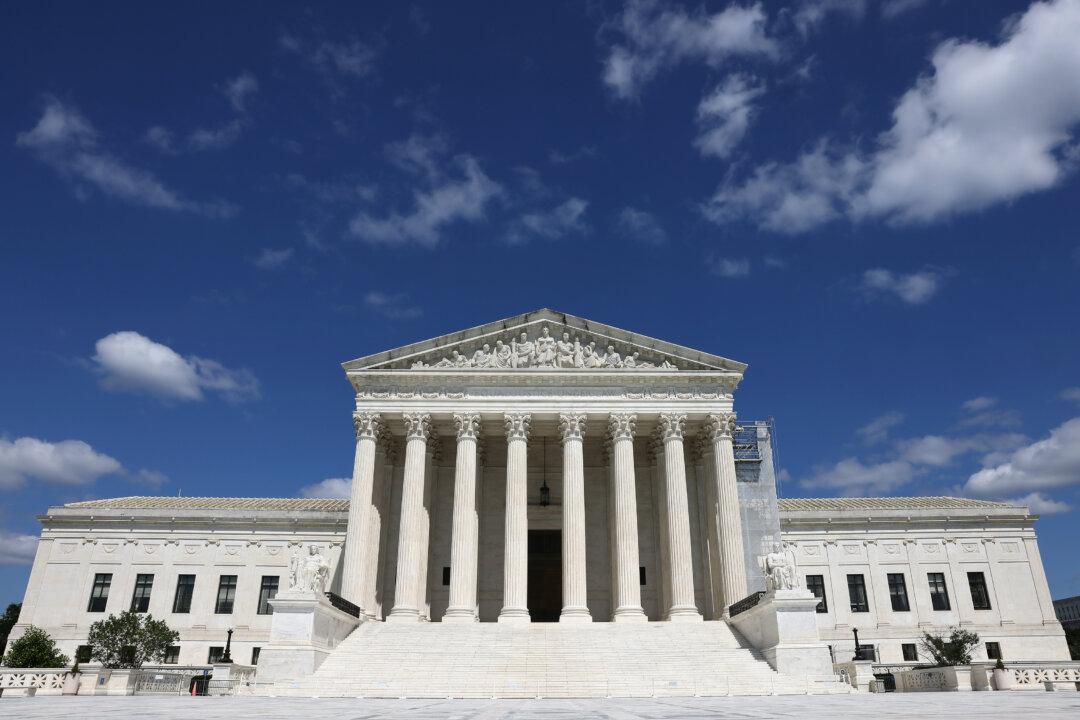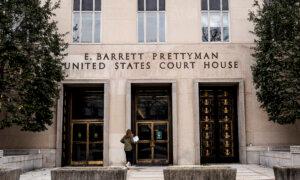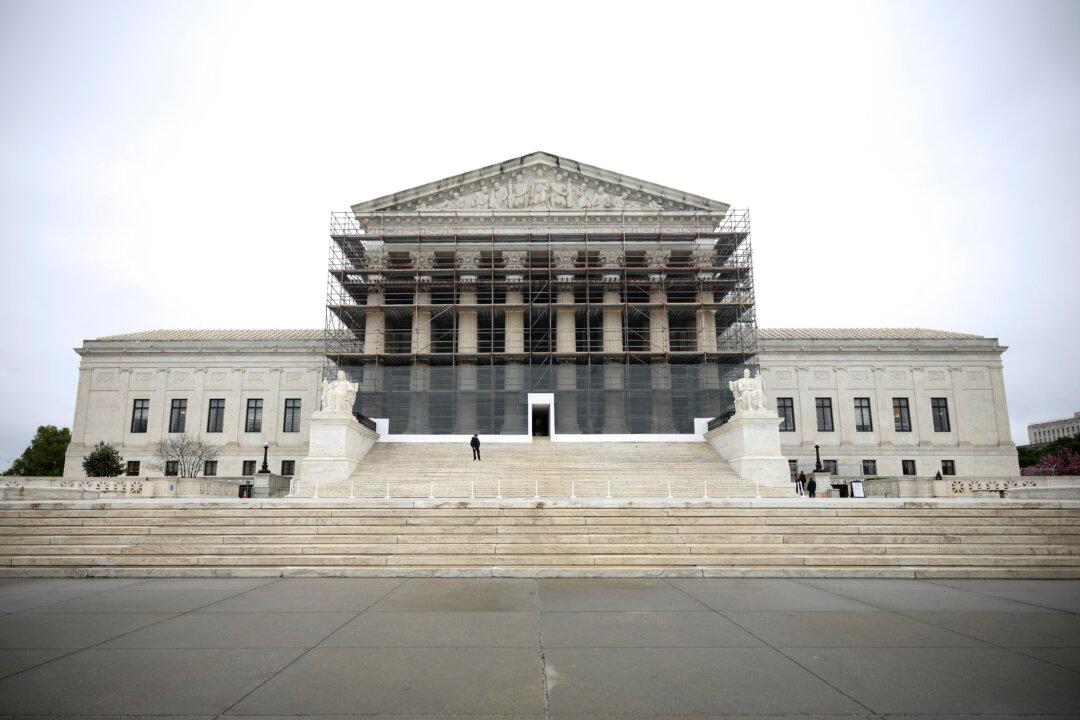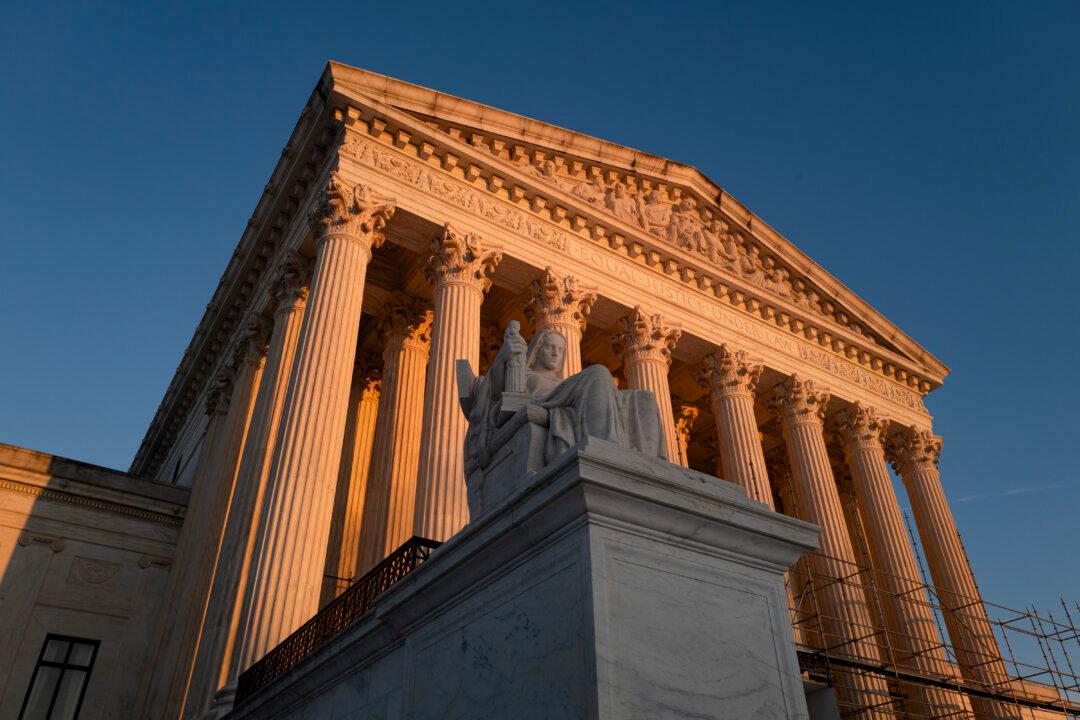Can Congress restrict the president’s ability to fire employees of the executive branch?
That’s the question courts are looking at as President Donald Trump faces legal blowback for his decision to fire agency heads and probationary employees upon starting his second term.
The stakes are high for Trump and future presidents who could face hurdles in removing individuals they view as opposing their agenda.
Whether and how Trump might remove Powell and other agency heads could be determined by a case involving two bureaucrats whose firings are being considered by the Supreme Court.
The two former agency heads—former National Labor Relations Board Chair Gwynne Wilcox and former Merit Systems Protection Board Chair Cathy Harris—alleged that Trump violated federal law by firing them without cause.
Their separate lawsuits were joined together into one case at the appeals stage, since they touch upon similar arguments and legal precedent.
Humphrey’s Executor
These cases are all presenting judges with an opportunity to revisit precedent in the 1935 Humphrey’s Executor v. United States lawsuit, which challenged President Franklin Delano Roosevelt’s decision to fire the commissioner of the Federal Trade Commission.William E. Humphrey had been appointed to lead the commission by President Herbert Hoover in 1931.
The role was meant to last for seven years, but Humphrey was dismissed by Roosevelt—who was concerned they would clash on policy—in 1933.
Humphrey died shortly after being fired, and the executor of his estate sued to recover lost wages that were owed him from the improper dismissal.
When deciding if Humphrey’s dismissal was unconstitutional, the Supreme Court noted that the FTC was “created by Congress to carry into effect legislative policies … [and] to perform other specified duties as a legislative or as a judicial aid.”
“Such a body cannot in any proper sense be characterized as an arm or an eye of the executive,” the justices wrote in their unanimous decision.
The Supreme Court held that the president doesn’t possess “illimitable power” of removal, and that Roosevelt had violated the Federal Trade Commission Act, which states that presidents could only remove commissioners for “inefficiency, neglect of duty, or malfeasance in office.”
“Its duties are performed without executive leave, and, in the contemplation of the statute, must be free from executive control,” they wrote.
On the Other Hand, Selia Law
Lower courts have held that Trump’s firings of the two agency heads violated Humphrey’s Executor, but the matter may not be so cut and dry.The Consumer Financial Protection Bureau was created by Congress in 2008 to defend Americans against predatory lending and credit schemes.
One of its statutes said its director is appointed by the president, and can only be fired for “inefficiency, neglect of duty, or malfeasance in office,” which is the same language used in the Humphrey’s Executor case.
Why? Because of the agency’s structure.
Writing for the majority, Chief Justice John Roberts noted that, in Humphrey’s Executor, the FTC had multiple commissioners, and the membership was “balanced along partisan lines.”
But the Consumer Financial Protection Bureau has just one director who exercises a “quintessentially executive power not considered in Humphrey’s,” and that director “brings the coercive power of the state to bear on millions of private citizens and businesses.”
Therefore, the Supreme Court held that Congress intruded into the executive branch’s power, which made the firing restriction unconstitutional.
Ultimately, this means the final decision in these cases may hinge on whether or not the Supreme Court considers the Merit Systems Protection Board and National Labor Relations Board to be arms of the executive branch and under Trump’s authority.
If they are not, Humphrey’s Executor may make the firings illegal.
Supreme Court Intervention
Given the number of firings—including two commissioners at the FTC who are currently suing Trump in Washington—it seems likely that the Supreme Court will intervene with a ruling.The court has already intervened in two of the Trump cases involving removals of agency heads.
Each of those decisions was preliminary, however, and didn’t offer substantial legal conclusions about either side’s arguments.
Last year, the court declined the opportunity to revisit Humphrey’s Executor, but that could change as it’s been receiving briefs in the consolidated case over Wilcox’s and Harris’s firings.
That case is currently under consideration at the D.C. Circuit Court of Appeals.
Competitive Enterprise Institute attorney Devin Watkins told The Epoch Times he thinks the Supreme Court will reconsider Humphrey’s Executor.
“What [the court] should recognize is that Humphrey’s executor is a rather narrow opinion that doesn’t apply to most federal agencies,” he said.
Alex MacDonald, an attorney with the law firm Littler Mendelsohn, told The Epoch Times that the case involving Wilcox presented a “pretty clean vehicle” for the court to review Humphrey’s Executor.
“The president isn’t claiming that there was any malfeasance or neglect of duty, nor did he give member Wilcox a hearing, nor did he give her notice,” MacDonald said.
An Eventual Decision
In ruling on Trump’s firings, the justices will likely consider how much of the fired bureaucrats’ responsibilities are executive in nature.The Humphrey’s Executor ruling described the FTC as “an independent, nonpartisan body of experts, charged with duties neither political nor executive, but predominantly quasi-judicial and quasi-legislative.”
That language is important because in Seila Law, Roberts said that the Consumer Financial Protection Bureau director’s exercise of “executive power” was part of what gave the president more leverage in removing them.
Although the administration argued that precedent bolstered the president’s removal ability in case law, the U.S. Court of Appeals for the D.C. Circuit indicated that Humphrey’s Executor still protected Harris and Wilcox.
As usual, it’s difficult to predict how the Supreme Court will ultimately rule and how the justices will clarify things like the definition of executive power.
“The court’s going to do this case by case,” MacDonald told The Epoch Times. “They’re not going to just give us a universal definition of executive power.”








